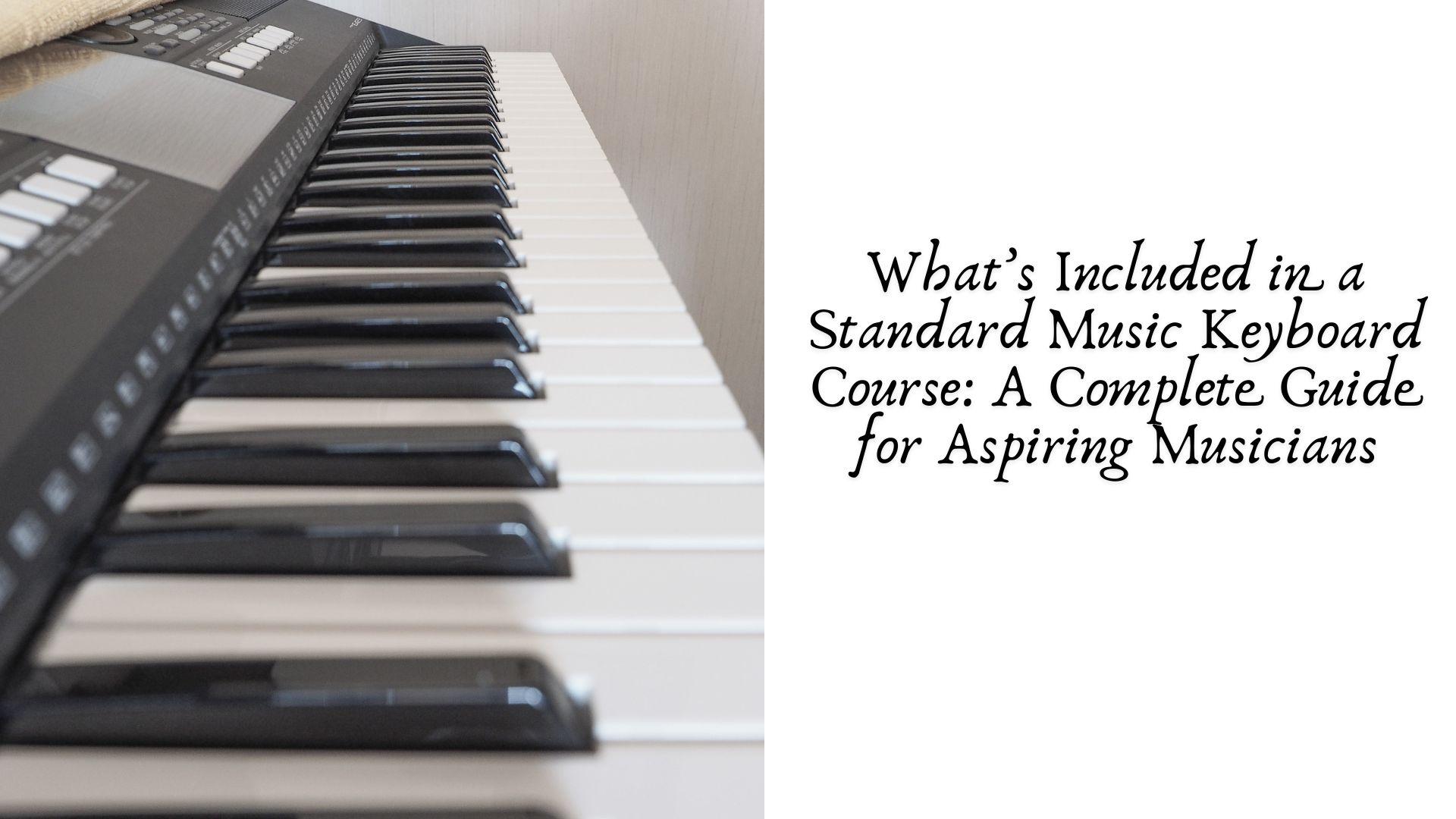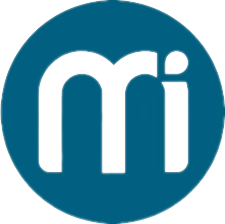What’s Included in a Standard Music Keyboard Course: A Complete Guide for Aspiring Musicians

Learning to play the keyboard can open up a world of musical opportunities. Whether you're aiming to become a professional musician, perform at local events, or simply enjoy music as a personal hobby, enrolling in a standard music keyboard course is a great way to start. But what exactly does such a course include? In this comprehensive guide, we’ll walk you through the core components of a standard music keyboard course, so you know what to expect when you sign up.
Introduction to the Keyboard
A standard course usually begins with a thorough introduction to the instrument itself. This includes:
-
Understanding the layout of the keyboard (keys, octaves, pedals)
-
Learning the function of various buttons and settings on electronic keyboards
-
Proper hand positioning and posture
-
Basic maintenance and care for the instrument
This foundational knowledge ensures students feel comfortable and confident when sitting at the keyboard.
Music Theory Basics
Music theory forms the backbone of any solid musical education. In a typical keyboard course, students learn:
-
The musical alphabet (A-G)
-
Notes and their placement on the staff
-
Key signatures and time signatures
-
Scales and modes (major, minor, chromatic)
-
Intervals and chord structures
Theory lessons are typically woven into practical sessions, helping students immediately apply what they learn.
Reading Sheet Music
One of the core skills taught in keyboard classes is reading music. This includes:
-
Understanding the grand staff (treble and bass clefs)
-
Note values and rhythms
-
Dynamics (loudness and softness)
-
Articulations (e.g., staccato, legato)
-
Sight-reading exercises to build fluency
Reading sheet music empowers students to play a wide variety of compositions and aids in musical independence.
Playing Techniques and Finger Exercises
To build strength and dexterity, students are taught various techniques such as:
-
Finger numbering and independence
-
Scales and arpeggios
-
Hand coordination exercises
-
Playing with both hands together
-
Legato and staccato playing
Instructors often assign daily finger drills and technique-building exercises to improve performance ability over time.
Chord Progressions and Accompaniment Styles
Learning chords is essential for playing modern music, especially in pop, rock, and jazz styles. Students typically learn:
-
Major, minor, diminished, and augmented chords
-
Common chord progressions (I-IV-V, ii-V-I, etc.)
-
Playing chord inversions
-
Accompanying melodies with appropriate harmonies
-
Using rhythm patterns for left-hand accompaniment
This part of the course is particularly valuable for students who want to compose or accompany singers.
Ear Training and Improvisation
Many courses also include ear training to help students identify:
-
Intervals by ear
-
Chord qualities
-
Rhythmic patterns
-
Melodic dictation
Improvisation is often introduced through:
-
Playing by ear
-
Improvising simple melodies
-
Exploring scale-based improvisation over chords
These skills enhance a student’s musical intuition and creativity.
Song Repertoire and Performance Practice
Throughout the course, students are exposed to a variety of musical genres. This might include:
-
Classical pieces (e.g., Bach, Mozart)
-
Popular songs (contemporary and retro)
-
Folk and traditional tunes
-
Film and TV themes
-
Jazz standards and blues progressions
Performance practice is encouraged through recitals, mock exams, and informal showcases, helping students build confidence.
Use of Technology and Digital Tools
Modern keyboard courses often integrate technology by teaching students how to:
-
Use metronomes and digital tuners
-
Record and playback performances
-
Explore music production basics with MIDI keyboards
-
Utilize keyboard learning apps and software
These tools enhance the learning process and prepare students for a technologically advanced musical world.
Assessment and Certification
Depending on the course structure, students may be evaluated through:
-
Practical playing exams
-
Written theory tests
-
Recital performances
-
Internal or external certifications (such as Trinity College London, ABRSM, or Rockschool)
These assessments provide benchmarks for progress and are useful for those pursuing advanced music education or professional credentials.
Opportunities for Group Learning and Collaboration
Many courses include group sessions where students can:
-
Play ensemble pieces
-
Learn from peer feedback
-
Collaborate on duets or group performances
-
Participate in music clubs or school bands
This element fosters a sense of community and helps students develop teamwork and listening skills.
Conclusion
A standard music keyboard course is more than just learning to press the right keys. It’s a structured journey into the art and science of music. From foundational theory and technique to performance skills and creativity, a comprehensive course equips students with everything they need to become confident and expressive keyboard players.
- Art
- Causes
- Crafts
- Dance
- Drinks
- Film
- Fitness
- Food
- Games
- Gardening
- Health
- Home
- Literature
- Music
- Networking
- Other
- Party
- Religion
- Shopping
- Sports
- Theater
- Wellness


